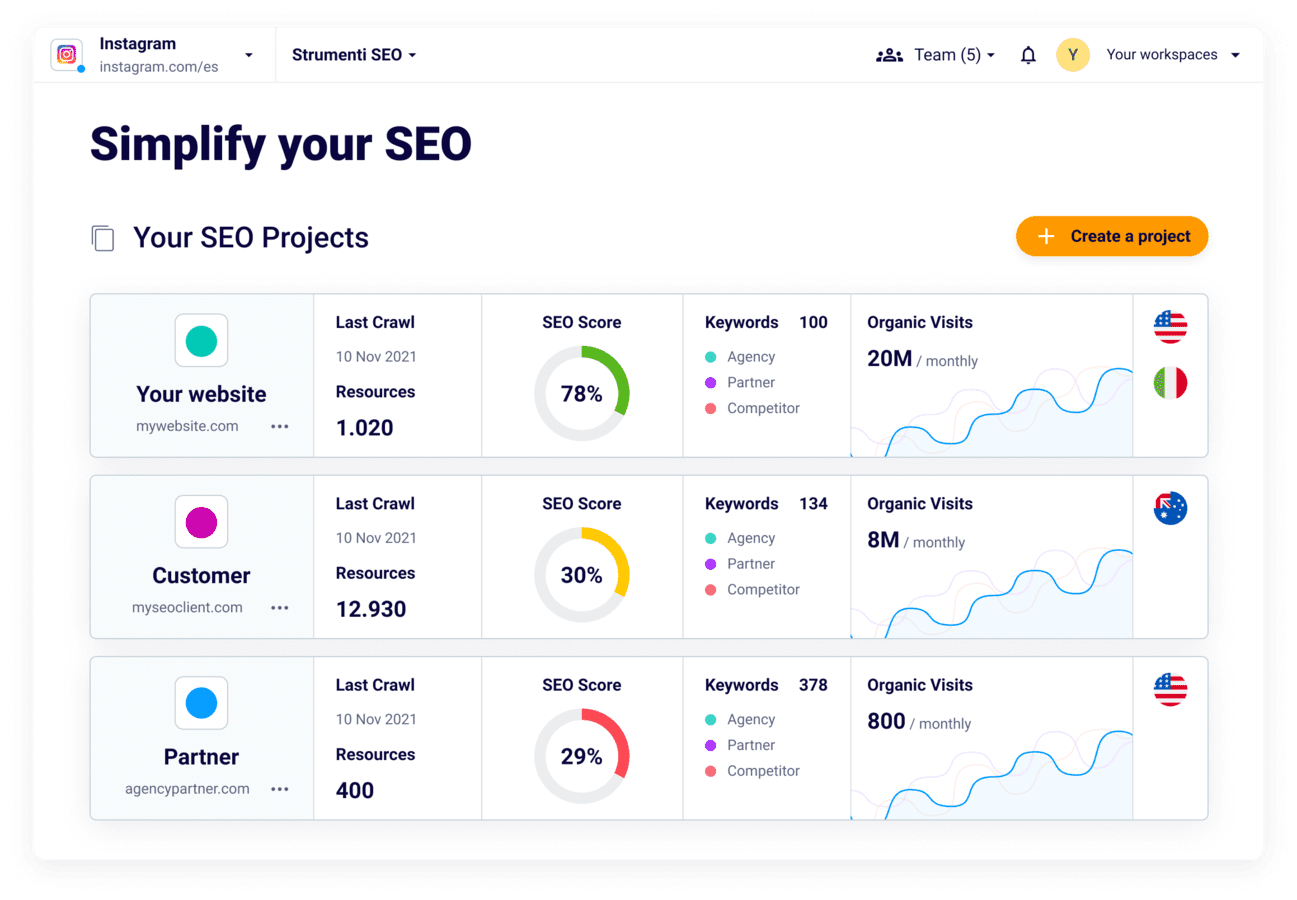Understanding What Is Not Considered a Default Medium in Google Analytics: Insights
Understanding What Is Not Considered a Default Medium in Google Analytics: Insights
Blog Article
Revealing the Unconventional Mediums in Google Analytics Beyond Default Setups
In the world of electronic analytics, Google Analytics stands as a cornerstone for services looking for to understand their on the internet visibility. While default settings use important insights, truth deepness of recognizing lies in checking out the unusual mediums that commonly go undetected. By venturing beyond the surface and delving right into the details of social media data, email project efficiency, recommendation web traffic resources, straight website traffic patterns, and custom channel collections, a treasure of details awaits those happy to accept an extra nuanced technique. Nonetheless, what exists under these unconventional mediums may just redefine exactly how services regard and plan their on-line efforts.

Leveraging Social Media Site Insights
Sometimes forgotten, yet tremendously valuable, is the method of leveraging social networks insights within the world of Google Analytics. By integrating data from systems like Facebook, Twitter, Instagram, and LinkedIn into Google Analytics, services can gain a deeper understanding of their audience and the efficiency of their social media campaigns.
With this assimilation, marketing professionals can evaluate and track customer behavior on their site that stems from social networks systems. They can recognize which social media channels are driving one of the most traffic, which web content is reverberating with the audience, and which campaigns are converting the most leads. This understanding enables data-driven choices to optimize social media techniques and enhance total advertising and marketing performance.
Additionally, by integrating social networks understandings with Google Analytics, businesses can develop much more targeted and individualized projects - what is not considered a default medium in google analytics. They can make use of group information, interests, and online behaviors gathered from social media to fine-tune their audience segmentation and provide tailored messages that resonate with particular customer groups. This targeted approach can lead to higher engagement, increased conversions, and eventually, enhanced roi
Uncovering Email Campaign Efficiency
Discovering Email Campaign Efficiency involves assessing key metrics and efficiency indicators to review the effectiveness of e-mail marketing efforts. When diving into email project efficiency, it is crucial to analyze metrics such as open rates, click-through rates, conversion prices, and unsubscribe prices. By analyzing these metrics, marketing experts can fine-tune their email projects for far better engagement and performance.
Analyzing Recommendation Traffic Sources
After examining the efficiency of e-mail projects through essential metrics such as open rates and conversion prices, the following crucial step is assessing reference traffic sources in Google Analytics to comprehend where web site site visitors are originating from and just how they connect with the website. Referral traffic sources describe the web sites that route customers to your website via clickable web links. By diving right into this information, services can obtain understandings right into which exterior systems are driving web traffic to their site, whether it be social networks systems, companion internet sites, or on-line directory sites.
Assessing recommendation web traffic can offer useful info on the performance of outside advertising initiatives and partnerships. It assists businesses recognize high-performing reference sources that contribute substantially to web site traffic and conversions. Furthermore, by understanding the actions of site visitors coming from different referral resources, informative post organizations can customize their marketing strategies to maximize interaction and conversions. Google Analytics uses detailed records on referral website traffic, enabling businesses to track the efficiency of each recommendation source precisely and make data-driven decisions to boost their online visibility.
Discovering Direct Traffic Patterns
Discovering the straight web traffic patterns in Google Analytics provides useful understandings right into user actions and the efficiency of projects - what is not considered More Bonuses a default medium in google analytics. Direct website traffic describes site visitors that land on a site by straight inputting the URL right into their browser, making use of book markings, or clicking untagged web links. Recognizing straight website traffic patterns can aid online marketers examine the influence of offline advertising and marketing initiatives, brand name acknowledgment, and the efficiency of word-of-mouth recommendations
By diving into direct traffic data, businesses can uncover important info regarding customer intent and brand loyalty. Analyzing the behavior of straight site visitors, such as the web pages they go to, the time invested in website, and the conversion price, can supply a deeper understanding of user involvement and the total efficiency of the site in converting site visitors right into customers.
Moreover, tracking straight web traffic patterns in time allows organizations to determine patterns, seasonality effects, and the success of details campaigns or promotions in driving straight check outs. This info can after that be utilized to fine-tune marketing strategies, maximize site content, and go to this website improve the overall customer experience to make best use of conversions.
Using Custom Network Groupings
Utilizing custom-made channel groups in Google Analytics enables businesses to classify and analyze their web site traffic based on details requirements, providing useful understandings for enhancing advertising and marketing techniques. Custom channel groups enable business to create their own tailored groupings of web traffic resources, such as social media, organic search, e-mail campaigns, and referral website traffic. By defining these collections, organizations can gain a deeper understanding of just how various marketing channels add to their website traffic and conversions.
This function is specifically valuable for services with diverse advertising approaches across various platforms. A company running both paid and organic social media campaigns can distinguish between the two to examine their private efficiency precisely. Furthermore, personalized channel groupings can help identify any neglected or ignored web traffic sources that may be driving valuable engagement.
Conclusion

By venturing beyond the surface area and delving right into the complexities of social media information, email campaign efficiency, referral web traffic resources, direct web traffic patterns, and custom channel collections, a prize trove of info waits for those willing to accept an extra nuanced approach. They can determine which social media networks are driving the most traffic, which web content is resonating with the audience, and which campaigns are transforming the most leads.After evaluating the performance of e-mail campaigns through crucial metrics such as open prices and conversion prices, the next important action is assessing referral web traffic sources in Google Analytics to recognize where internet site visitors are coming from and how they communicate with the site. Custom-made channel collections allow business to develop their very own tailored groupings of traffic sources, such as social media, organic search, email campaigns, and referral traffic. By leveraging social media insights, uncovering email campaign performance, examining recommendation website traffic sources, discovering straight website traffic patterns, and making use of custom network collections, marketers can gain valuable understandings right into their online presence.
Report this page